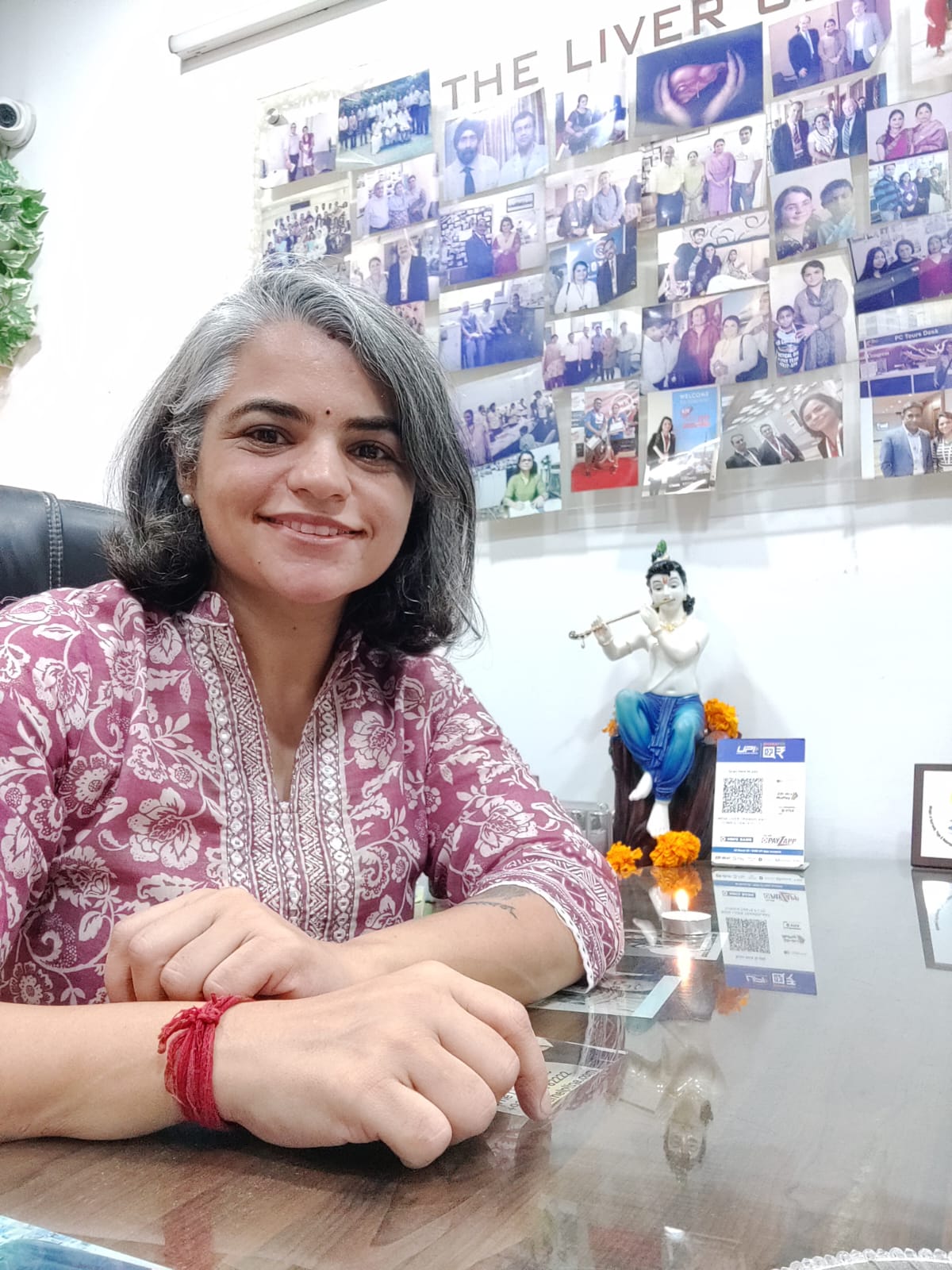What does brain death mean? How does it differs from death of person?
The general idea of death (classical death) is that when the heart stops beating and the lungs stop breathing. Brain death differs from classical death. There is irreversible loss of all brain stem (life centre of human body) functions and the patient is clinically and legally dead. But heart can be kept beating and the lungs can be kept breathing for some time by means of an artificial machine (ventilator) in brain death. This mechanism which maintains oxygenated blood flow in the body can keep organs like heart, lung, liver, kidney and pancreas alive for a few hours.
Brain death can be confusing, particularly for families who are confronted with the sudden death of their dear ones; because a brain dead person on a ventilator is pumping oxygen and air into the lungs making the person’s chest rise and fall.
This makes some families expect that if their loved ones are continuously kept on ventilator they will sustain life. But the truth is, brain dead is DEAD, and no recovery is possible. There is no method to revive a brain that has been deprived of blood and whose cells have died. Brain death has to occur under controlled situation in the hospital. It is important to note that, Every one dying can not be a donor for an organ. And every patient on ventilator in ICU cannot be a organ donor as many of them die vegetative. Only brain dead get chance to donate their organs.
Is coma different from brain death?
A patient in coma is not dead and that person can be revived. Unlike a brain dead person, the brain waves and brain stem functions are active and the body is able to maintain vital functions such as regulating the temperature, blood pressure and respiration. Whereas, in the case of brain death the person has no brain waves and no brain stem function; therefore the inability to manage body functions. The organs can be kept alive for a few hours with mechanical assistance.
How does one get cadaver donor?
Organs harvested from dead donors are obtained from hospitals. Waiting list is created at all leading transplant Centres. Organs are distributed according to priority, blood group compatibility, weight of donor to recipient ratio, size of liver and quality of liver.
Deceased or dead or cadaveric donors are those who have declared brain dead, but still have functioning organs if life supports are maintained deliberately for certain time period. Usually young patients dying of road traffic accidents or sudden brain haemorrhage and arriving within a time limit are suitable as cadaveric donor. Stringent evaluation is done to exclude previous history disease, cancer, active infection and some other factors are taken into consideration prior to harvesting of organs. Blood investigations and grouping are done on urgent basis. From brain dead patients not only liver but other organs like cornea, kidneys, hearth, lung or pancreas may be retrieved. While performing the retrieval surgery on a brain dead patient, same utmost care and precautions are exercised, as in performing surgery for live patients. Retrieved and harvested organs are preserved in special solution. Transplant from a cadaveric donor is always done on emergency basis. Thus one brain dead patient may give life to many patients.




Which hospitals are available to do this procedure and what is the cost of registration
call 9266782222